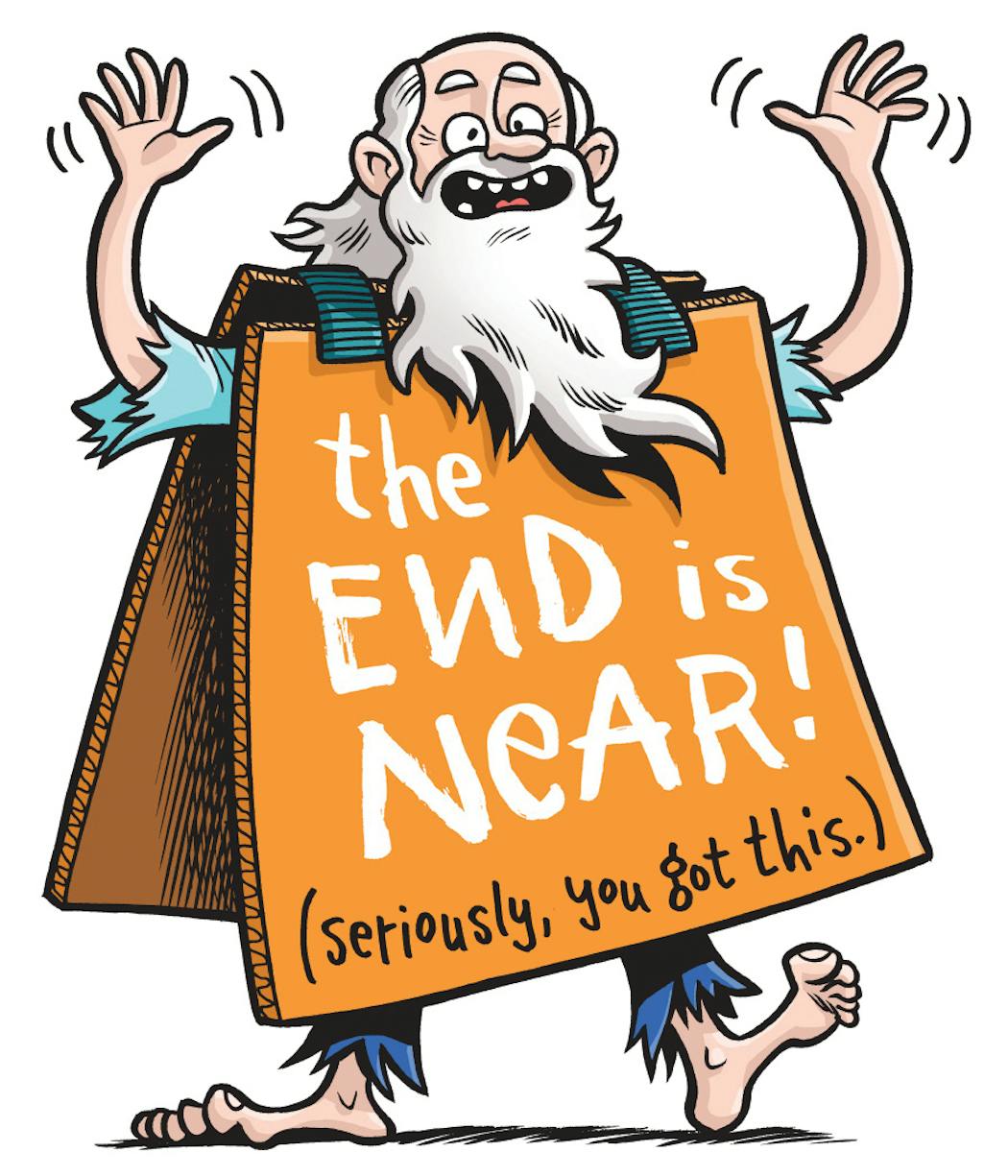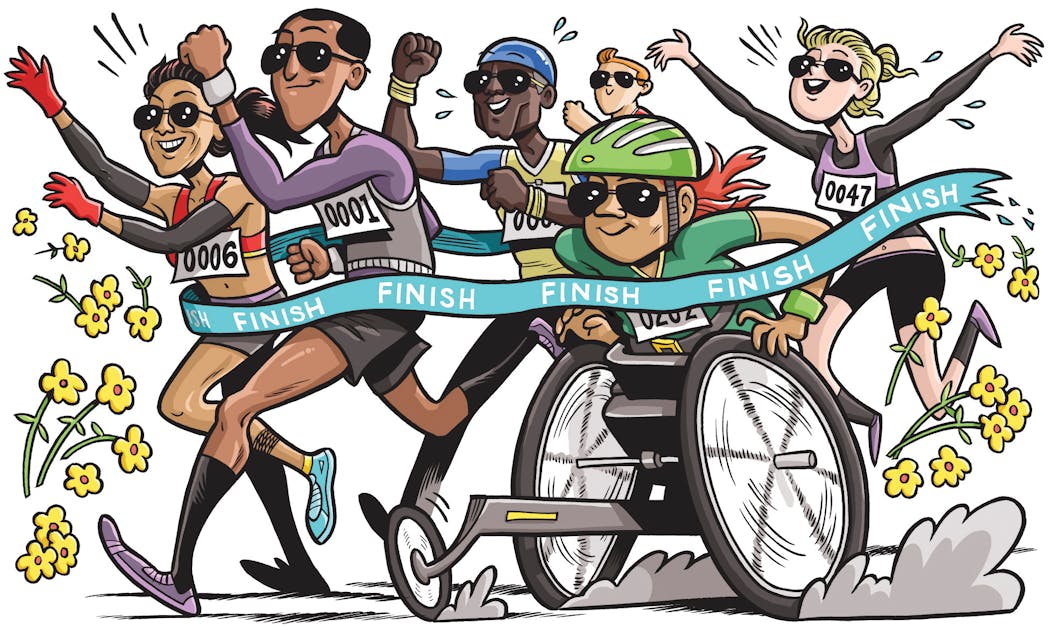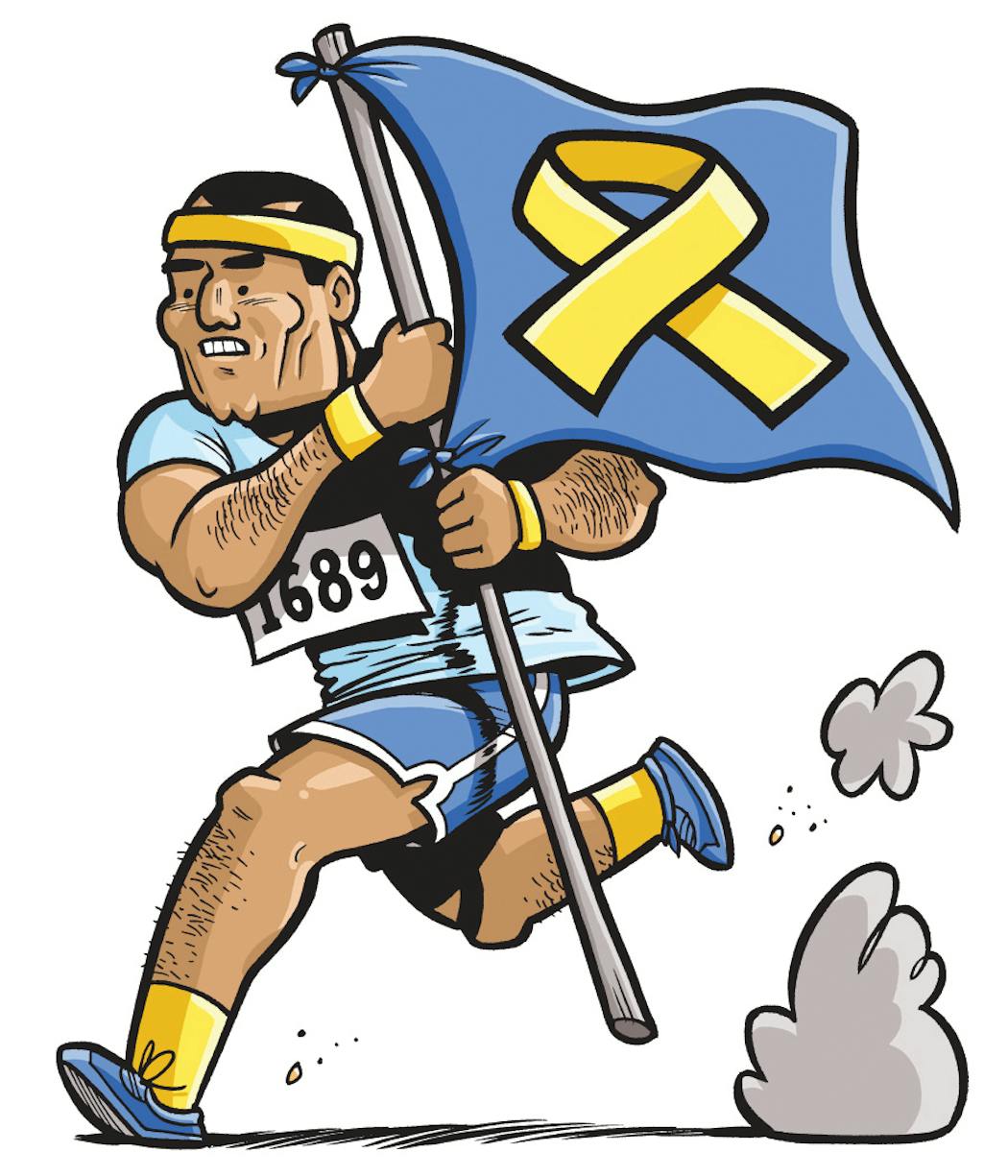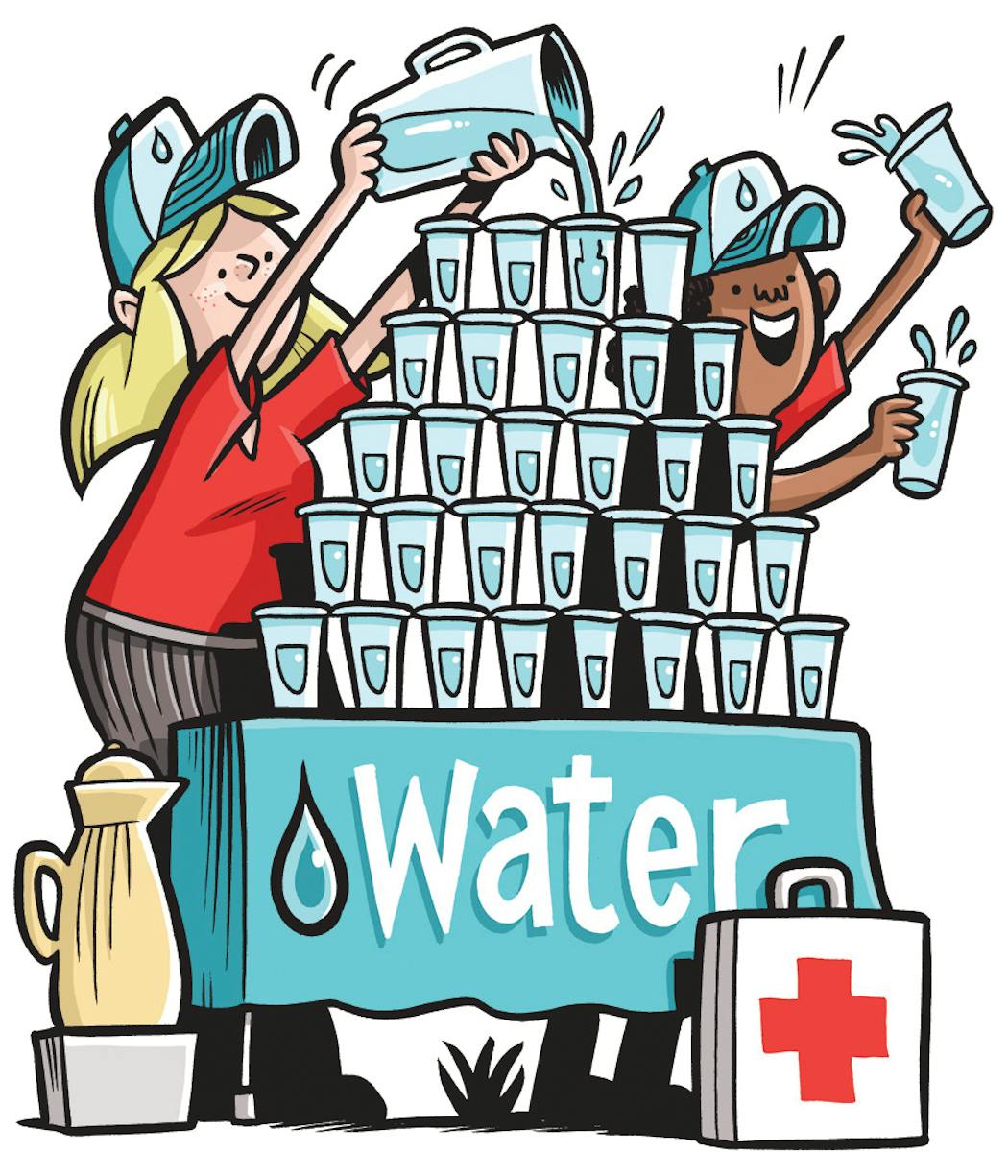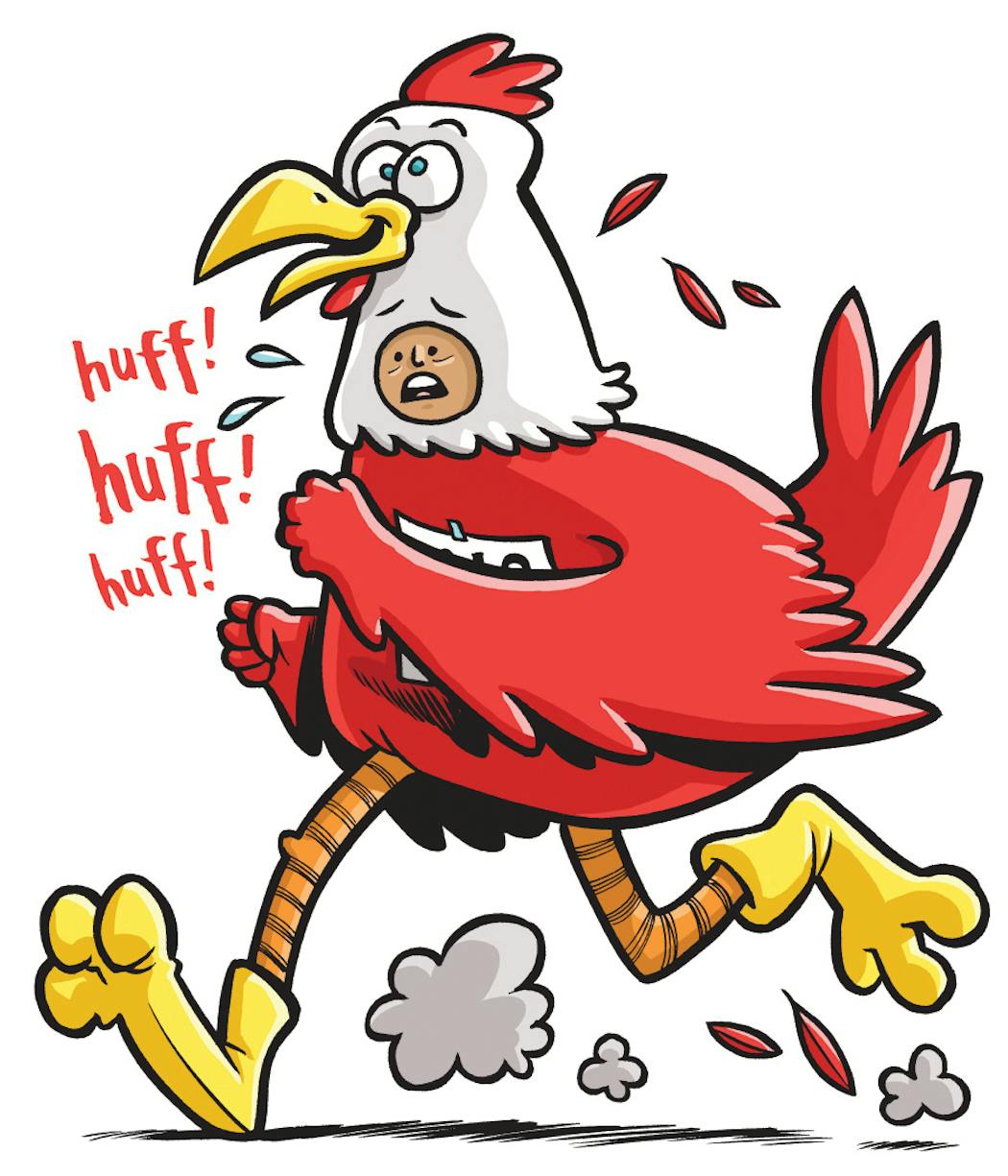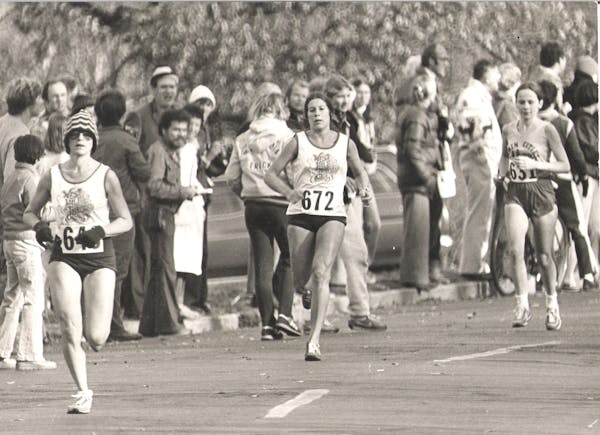The 36th running of Sunday's marathon through the Twin Cities is at its core a celebration of, well, our humanity. Serious stuff, maybe, but this annual rite of fall in Minnesota is all about togetherness, encouragement, the best of us, every October. Whether you lace 'em up Sunday morning or stand at the curb, here is a whimsical look at what you'll see at one of the other great get-togethers in our state.
Creative signage
Few things make runners (and spectators) smile like a clever sign. In fact, almost any sign is a reprieve for a tired runner. Need ideas for your own? Fine-tune the search by hitting Pinterest. It's a gold mine if you want a nugget to steal for your Sharpie and a poster board. "Worst parade ever … You're running better than our government … The end is far." Word power.
Elite runners
These are the top guns who will be out battling for nearly $70,000 in prize money. This year's 50-athlete field will have global representation, featuring runners from the United States, Kenya, Ethiopia, United Kingdom and Eritrea, among others. You'll notice that these folks run like it's their job, because it is. Be sure not to blink because they can average as fast as a sub-five-minute pace over 26.2 miles. Also be sure to watch for the pros at the front of the TC 10 Mile field. This will be the ninth year the races' organizer, Twin Cities in Motion, has hosted the national championships for the 10-mile, this year for both men and women. The stakes are high with not only a national title, but also $96,950 up for grabs.
Runners for a cause
Many competitors see the marathon as the ultimate personal test. What am I made of? Much is revealed after 26.2 miles. Some runners, too, aren't thinking only of themselves and will line up this weekend to support, for example, a family member in crisis or charitable groups that fill myriad needs. Race organizers said there are 445 marathoners and 245 runners in the TC 10 Mile representing 34 charities.
Busy volunteers
Two thousand volunteers populate the course on marathon morning, and they're just part of the 4,000 volunteers who do the behind-the-scenes legwork to make the weekend happen. They devote their mornings to directing runners, offering first aid, stocking water stops and offering lots of friendly encouragement. They hail from high school squads, corporate teams and other community groups. The express mission: Get nearly 10,000 marathoners and another 12,500 10-milers from the start to the finish.
Kids cheering
These children are out willing on running parents and friends, all while getting introduced to a coveted Twin Cities family tradition. They will picnic on the boulevard, clang cow bells, snicker at costumed runners, offer orange slices and beg for high-fives. A few may even catch the running bug as their own marathon dreams begin to take shape.
Costumed runners
Run or watch enough marathons, and you'll have seen just about everything. Who by now hasn't spotted the running juggler at the Twin Cities Marathon? And what possessed Barney the Dinosaur to run along the North Shore, slow-cooking in purple on a dangerously hot day a few years back at Grandma's Marathon in Duluth? It's de rigueur for some to take running attire to the next level on race day. Go, Super Chicken!
Yard parties
Generally located along the Minnehaha Parkway, the Mississippi and Summit Avenue, these unique gatherings are a long-held marathon tradition. Neighbors and friends assemble in the yards of homes along the course and blast pump-up music, set up homemade water stops and dress in crazy costumes. All the while, there are flapjacks on the griddle and coffee brewing, making it all worth the early rise for these folks.
Names on shirts
This is a practice you'll see at the front, back and middle of the pack. These runners rely on everything from fancy iron-on lettering, screen printing or just plain permanent marker to adorn their shirts with their names. While methods vary, the end-goal is the same: spirited crowd support. Generic words of encouragement are nice, but there's something extra-motivating about hearing your name screamed by strangers as you power through the course.
Runners hit 'the wall'
Any marathoner with experience knows the real race begins at Mile 20. Why? Fatigue can quickly sweep over runners with 6.2 miles to the finish, a point when they've used up their glycogen, or fuel stores, and they "hit the wall." Think gas tank on empty. There are all kinds of strategies for avoiding the bonk at Mile 20. Ultimately, the best-trained (and fueled) push through the pain, while others will learn suffering in a new way in those last miles in St. Paul. The wall has shape, too. ALARC, a fitness group with a deep Minnesota following, has erected its version at Mile 20 since Day One of the marathon, said group founder Bill Wenmark. There, a spot of trouble is a scene of support.
Bob Timmons is Outdoors Weekend editor. Mackenzie Lobby Havey is a freelance writer from Minneapolis.

Vikings look good at linebacker, but there's one issue to solve

Towns finds joy trying to stop 'best of the best' in Durant
AP Sports Week in Pictures: Pitcher Randy Vazquez, Olympic flame lit and Nelly Korda's pond splash
Police clear out a migrant camp in central Paris. Activists say it's a pre-Olympics sweep

